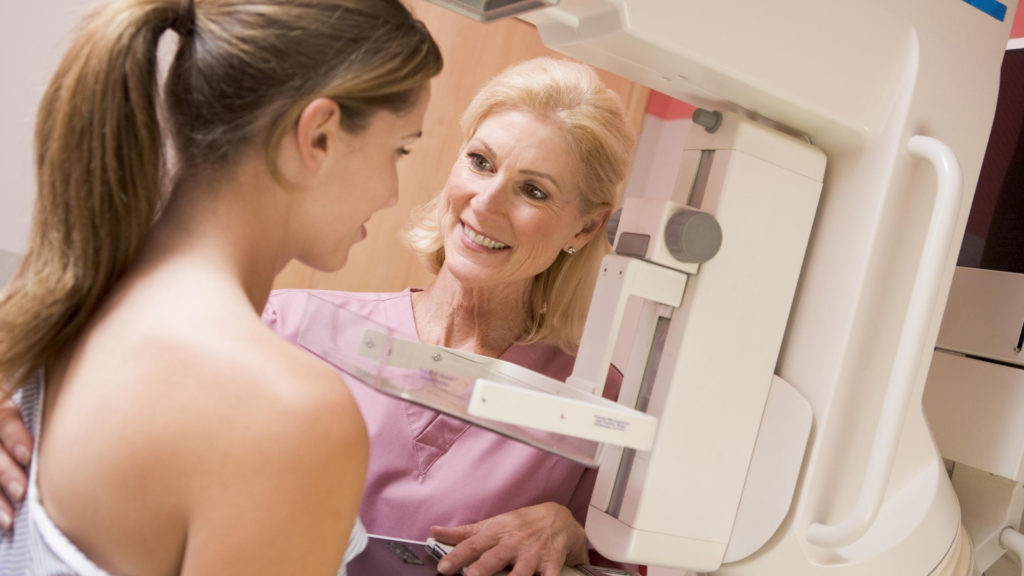“Are you dense?” That’s not a question you’d want to hear…well, ever. It’s also the name of a new campaign to increase women’s awareness of their breast type. The higher a woman’s breast density, the more likely it is that breast cancer won’t be easily identifiable with mammography.
The Truth about Breast Density
If you have dense breast tissue, that just means that you have more connective tissue than fat in your breasts. Typically, women under the age of 60 have more dense breasts than women over 60.
Some studies show that having dense breasts increases a woman’s risk of developing breast cancer from 4 to 6 times over—a higher risk factor than having an immediate family member with breast cancer.
Even if a woman is diligent about having regular mammograms from a relatively young age, the presence of dense breast tissue makes it difficult to accurately read a mammogram. In various studies involving thousands of patients, radiologist and breast cancer reduction specialist Thomas Kolb found that mammograms failed to show 60% of cancers in women with very dense breast tissue.
Several states have passed legislation that requires radiologists to let women with dense breast tissue know that, for starters, they have dense breasts, and that they should consider having a breast ultrasound or MRI to get a more accurate screening. A breast ultrasound and breast MRI are the most accurate ways to detect breast cancers in women with dense breasts, but these procedures are more costly than mammograms.
The American College of Obstetricians and Gynecologists (ACOG) says that it’s up to radiologists—not OB-GYNs—to decide whether or not a mammogram is enough to provide an accurate breast cancer screening.
New Mammography Technology Will Benefit Women with Dense Breasts
Mammograms are still the best, most affordable tool we have for identifying breast cancer right now. Fortunately for women with denser breasts, there’s a new breed of mammography that will offer even more accuracy.
Breast tomosynthesis is an innovative, 3-D mammography technology. It allows the radiologist to see a woman’s breasts in “slices,” which means that lesions and growths are more visible than in conventional 2-D mammography.
For women with dense breasts, this new technology is extremely beneficial. Breast tomosynthesis receives the same insurance coverage as a 2-D mammogram with an additional $49 out-of-pocket payment. Compare that figure to the roughly $99 for a breast ultrasound, or the $700+ for a breast MRI. Breast cancer prevention just got a lot more affordable.
The Bottom Line: Get to Know Your Girls
Dense or not, one of the most significant steps women can take toward breast cancer prevention is to simply know your breasts.
Take a minute every few weeks to do your own manual breast exam. Take note of the appearance and shape of the breasts, and if you notice anything out of the ordinary (especially anything with painful side effects) see your OB-GYN as soon as possible.
Have regular mammograms starting in your 40s, and ask your radiologist for a copy of the reports from the mammogram. Mammograms are also the only way to know for sure if you have dense breasts, so ask your OB-GYN about the procedure if you suspect you’re “dense”.
Most importantly: ask if you have dense breasts. More than half of premenopausal women have breasts dense enough to interfere with mammogram results, so it’s a very wise question to ask.
Prevention starts with you. Get familiar with your breasts and you’ll have the tools you need to spot anything early on.

